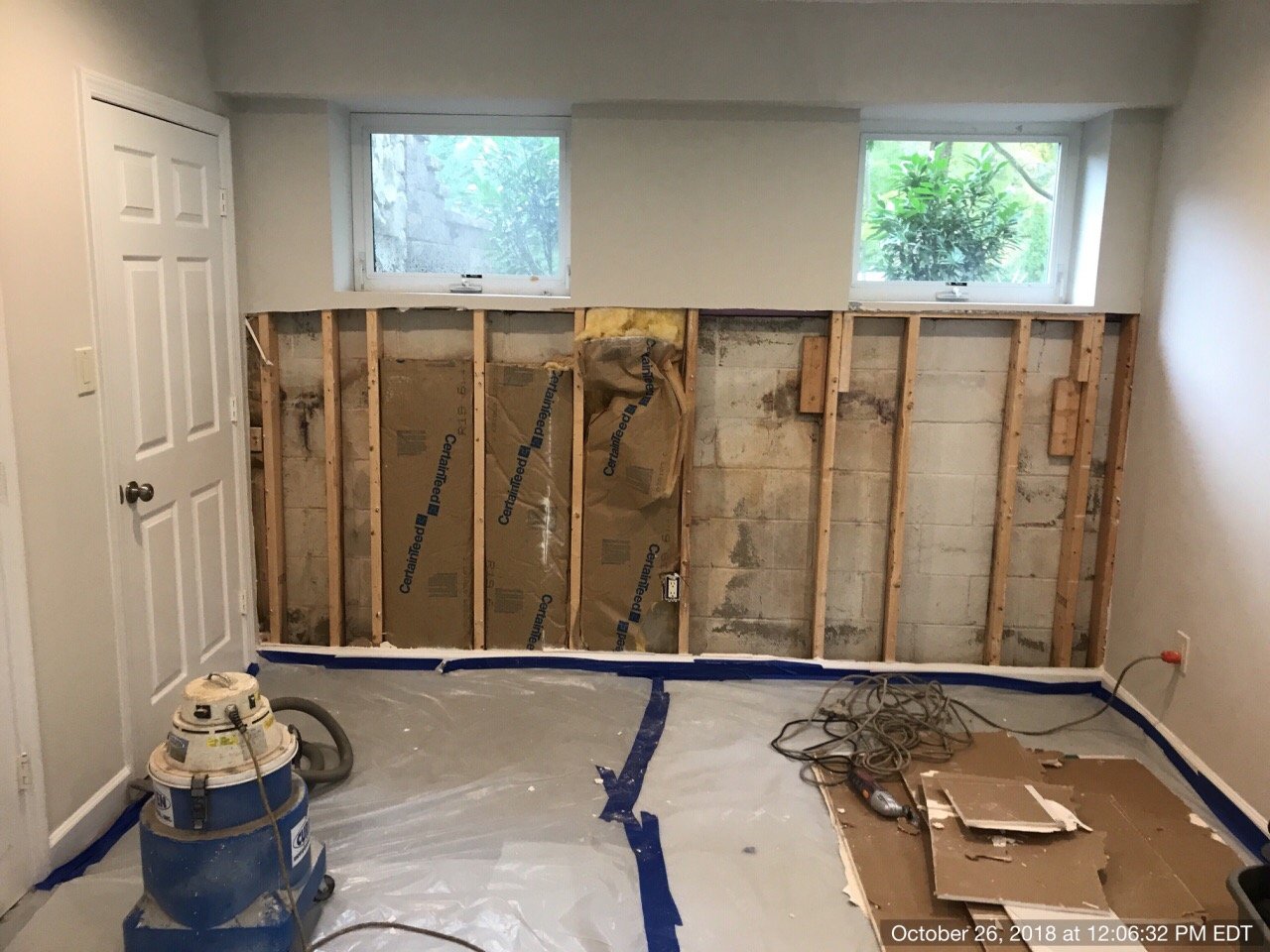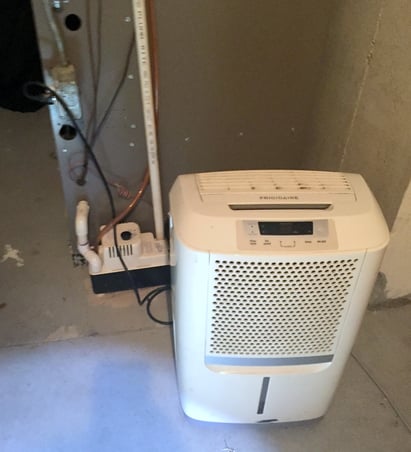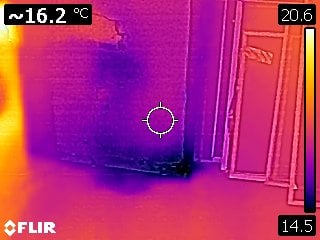"What kills mold after a flood?" It's becoming a pretty common question to our office. Killing and controlling mold are two different things, let's focus on controlling mold, as you want to have the upper hand with mold.

If you have water entry from a flood or a storm, the number one thing you have to do is dry out the area. Mold will grow when things are wet.
Ever leave wet clothing in the washer? Can you smell the mold?
Yes, if you can dry a wet area within 48 to 72 hours, you will prevent mold growth. Water is needed in the life cycle of mold, so if you can cut the water off you will stop mold growth.
You have to understand invisible mold spores are everywhere, they become a problem when they land on a wet organic surface. When you get water entry in a building or a home, immediately the wet areas create a conducive environment for mold growth. Mold colonies will continue to grow as long as the moisture level is high. But other surfaces in the room can also harbor mold because the moisture content in the room where water entry occurred is also a great area for mold to grow.
Pro Tip:
Keep humidity levels below 50 percent will discourage mold growth. A run of the mill dehumidifier will control humidity.

Aside from drying out an area after a flood or heavy rain event, you can apply a fungicide to kill the mold spores present in the room. Dead spores will not reproduce. Bleach will kill mold spores, as well as many fungicides you can buy at home improvement stores. There are even some Covid-19 disinfecting compounds that kill mold spores (read the label). To apply a fungicide to control mold, the absolute best way is by fogging or misting, this allows a more thorough treatment. To be honest, using a small trigger sprayer is just not as effective to treat an area.
How do you know if you have a mold problem?
- If you smell the distinctive musty odor, you are smelling active mold growth.
- If you see discoloration or spotting on surfaces, that you can wipe with a finger, if it comes off you may have mold.
- You can have a professional mold inspection performed of the problem area. Inspections are performed by trained personnel who have completed hundreds if not thousands of inspections and have also performed remediation so they know they know the signs of a mold problem.
- Air testing for a complaint room is also a great way to look for hidden mold, this is typically performed at part of a mold inspection, but not always, as obviously mold growth typically does not require testing.




